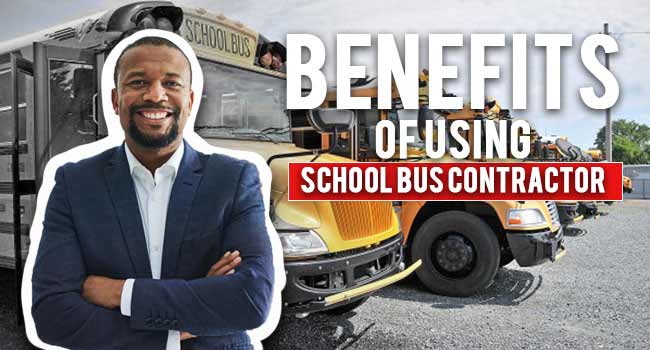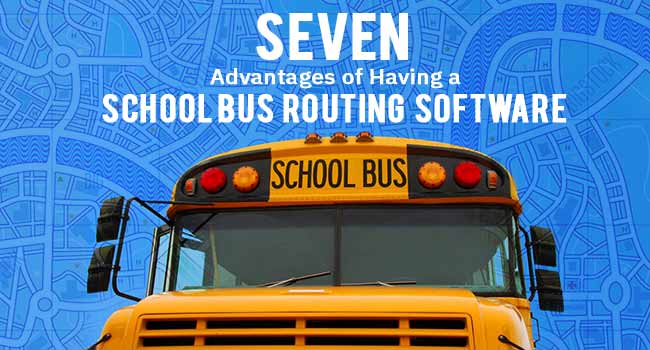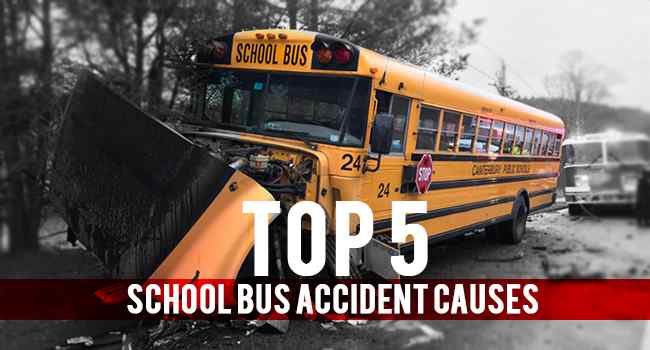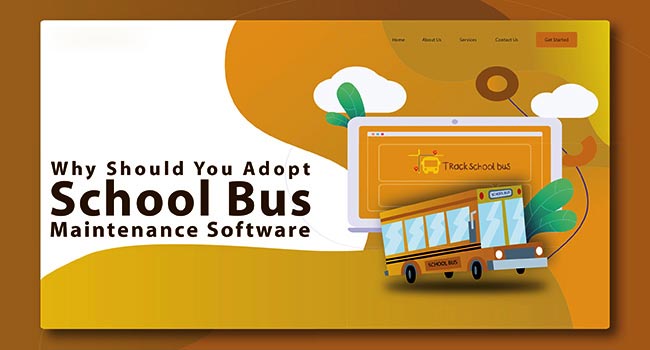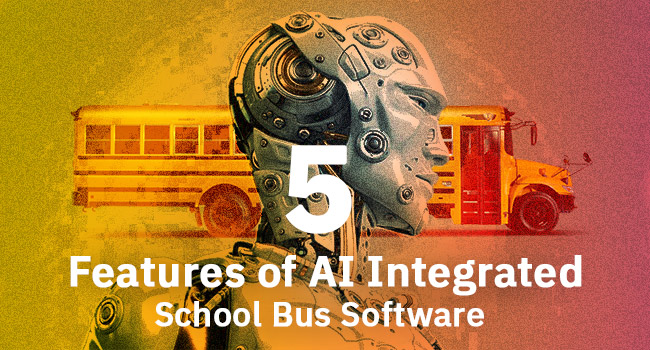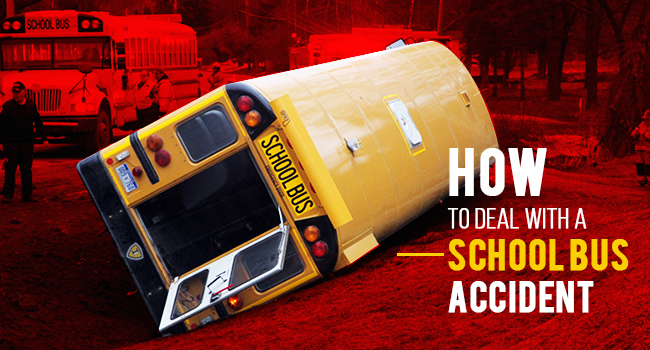In many school districts, outsourcing of school transportation to private contractors has been found to be working very well. Control over school bus contractors is maintained by clearly specifying the terms in the agreement.
School administrations that have contracted school transportation to private parties have been able to focus more on their core function which is education.
Read Also : How to Manage School Transport Effectively
There are many reasons as to why school administrations consider arranging contracted transportation for students. They include:
- Aging of the fleet being operated by schools and non-availability of funds to upgrade the fleet.
- Regulations related to new equipment, safety, and environmental innovations make it necessary to acquire new buses, but it may not be possible for the district to keep changing the fleet rapidly.
- Over time, the increase in transportation costs has outpaced funding.
- Economies of scale may not be available always and costs may be out of line even for similar districts.
- System inefficiencies have often contributed to stretching of resources and difficulties in scheduling.
- State, federal, or administrative changes and unexpected extra responsibilities such as redistricting, parental choice rights, and interdistrict magnet school additions, among others, pose challenges to the system.
- Administrative headaches such as dealing with parents, drug/alcohol testing, employee absenteeism, and mandated paperwork call for the investment of a great deal of time and attention.
Benefits of Using a School Bus Contractor
- Outsourcing of school bus transportation work to private contractors helps to all of the problems listed. Therefore, outsourcing offers several benefits:
-
The primary focus of private contractors is pupil transportation. It is their main business. They will ensure that the school bus service they provide is efficient and cost-effective.
This is the only way they can benefit from their business. Of course, they have to ensure the highest levels of reliability and safety as they are transporting students to and from school. The expertise of schools is in imparting education, while that of private school bus operators is providing transportation.
-
Contracting enables schools to avoid issues associated with finding funds for making capital investments.
This is because the contractors are responsible for upgrading or replacing the aging buses with new ones. Further, the contract bus operators are responsible for maintaining the fleet in top operating condition.
- Schools can exercise better control over transportation costs and predict the expenses accurately throughout the terms of the contract. This, in turn, protects the wages and benefits of current employees.
- Contractors have proven expertise and experience in planning, scheduling, and routing and this helps them to provide efficient service at lower costs. Moreover, they are better equipped to benefit from economies of scale, shared facilities, coordinated services, and dedicated personnel.
- Schools can free themselves from management headaches such as driver absenteeism, discipline, drug testing, and statutory compliance, among many others.
- Private school bus operators are expected to maintain the safety standards of their fleet and satisfy training requirements of their drivers as stipulated by law. Many schools are able to provide only a minimum amount of training often because of resource constraints.
- Schools are under a lot of pressure to ensure competitiveness and achieve economic benefits for their survival. Statistics reveal that contracting the student transportation responsibility to private contractors helps schools save, on average, anywhere from 10 to 30 percent on their expenditure.
-
Parents are often busy, especially if both of them are employed. They will be very happy if the school bus service being used by their children is reliable, efficient and safe.
It helps them to keep the worry of their children going to and coming back from school on a daily basis. A reliable school bus contractor can be a great help for parents. If the parents are happy and healthy, the students will also be happy and healthy.
- Schools that engage experienced, trusted and market-leading private contractors for providing school bus service are actually making it clear to existing and prospective parents that they are committed to delivering first-class and safe student services.
- Schools that choose to provide school transport services through contractors are actually contributing to the community's wellbeing by reducing congestion and emissions, improving road safety around schools at the pick-up and drop-off times, and lowering fuel consumption and valuable natural resources.
Final Thoughts
Schools that have engaged private transportation operations have been able to save a lot of money every year. They have utilized the money saved in enhancing their educational programs and prevent teacher layoffs.
